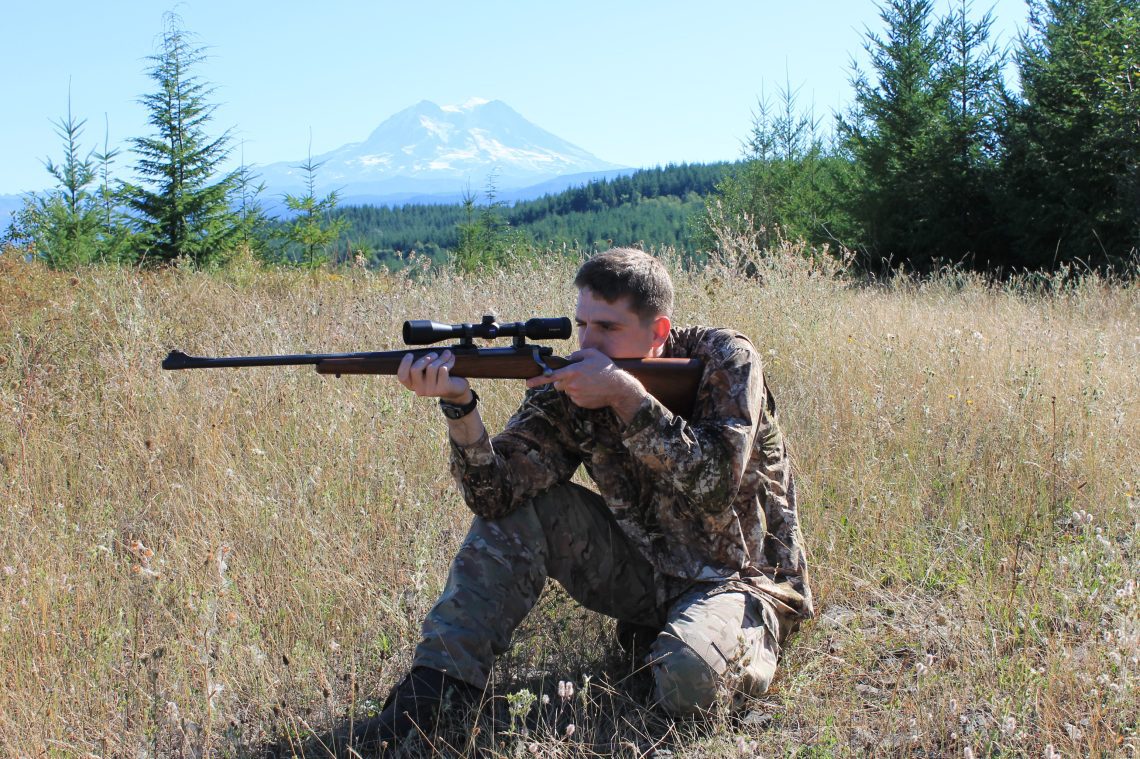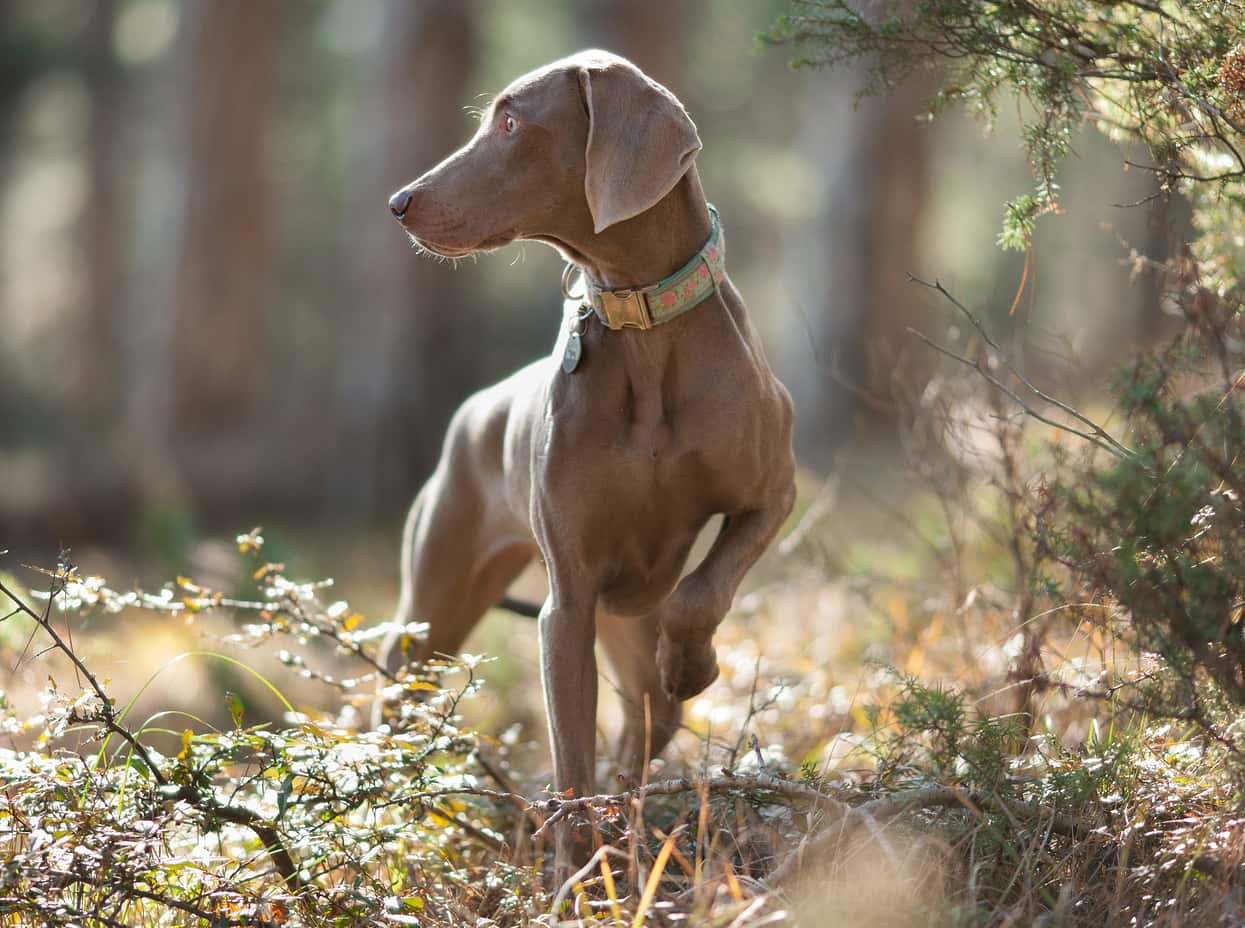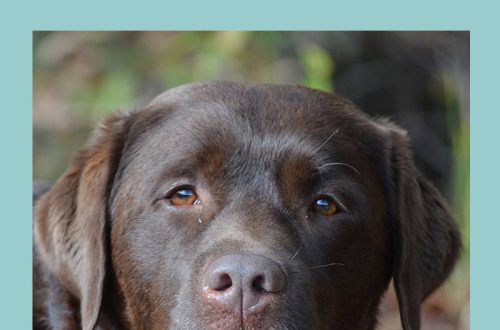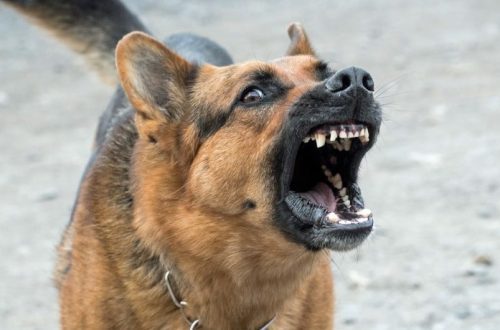
Unsa ang usa ka baruganan sa pagpangayam?
Have you ever looked at your puppy in confusion when he suddenly froze, looking at something that only he saw? This is called “taking a hunting stance.” Why do dogs behave this way? Can any breed of dog be trained to take a stance? Owners rarely teach their puppies this skill, but training in this direction can have its benefits.
Kaundan
What does a dog look like when it assumes a hunting stance?
The dog adopts a stance, frozen in place, often raising one front paw and pointing its nose in a certain direction. She does this to draw attention to something and to let her beloved owner know where to look. While many attribute this behavior to dogs historically bred for hunting, other breeds can adopt this stance as well.
What does hunting stance mean in a dog? This usually means that she has found something interesting. It could be a duck, a squirrel, or even a tennis ball. In the names of some breeds in English there is the word pointer (“pointer”), for example, the German shorthaired pointer, which means that such dogs love to find small animals, point to their location and lure them out.
The American Kennel Club classifies pointers as sporting dogs. This group also includes spaniels, retrievers and setters. If you notice that your dog likes to take a stance, pointing you to something, and does it often, this behavior may be more characteristic of his breed. If your dog is a mongrel, this might help you learn about some of his ancestors!
When it comes to sporting dog breeds, one should keep in mind the unique combination of their independent thinking and willingness to cooperate. So why do pets take a stance, freezing in front of people? In addition to enjoying exploring the world around them on their own, they also enjoy working with other dogs and being partners with people. Both aspects of their special character appear in the stance.

Tips for teaching dogs to take a stance
Showing a reaction to any action an animal performs can, over time, reinforce the repetition of that action. If your dog is a pointer by nature, it means that with a little patience, you can teach him to take a stance under certain circumstances, such as when he sees a neighbor’s cat or he needs to go outside. You may want to teach her how to take a show stance. If your dog is showing interest in taking a stance, or if you want to know if he is capable of doing so, you can encourage him to do this in a number of ways:
- Use a whistle, bell, or verbal command to teach your dog the stop command. She must learn to stop at your request before learning the stance.
- Keep in mind the thing you want to train your dog to take a stance to, and determine the necessary chain of events that must occur before and after the stance is taken.
- Be consistent during your workouts: walk, stop, focus, stand, pause, and praise.
- Start training in a small area with minimal distractions and then expand it with more distractions as your puppy gets better.
- If he stands still, you must stand with him. Concentrate and be quiet with your dog for a while before rewarding him for the bar.
- Find other dogs that can take the stance to help teach this skill to your puppy.
While the stance is somewhat instinctive in some dog breeds, the skill is acquired primarily through training. It is important to note that it is never too late to teach your dog something new!





